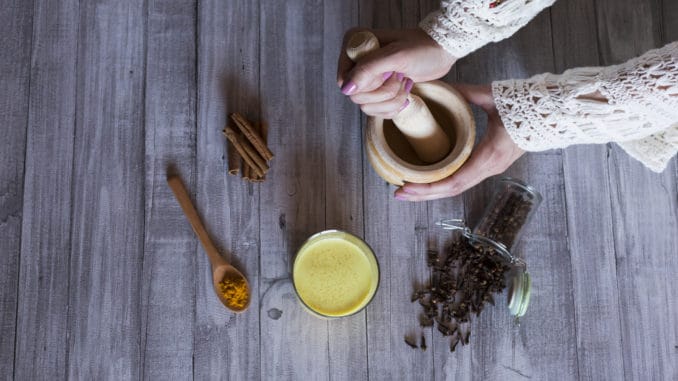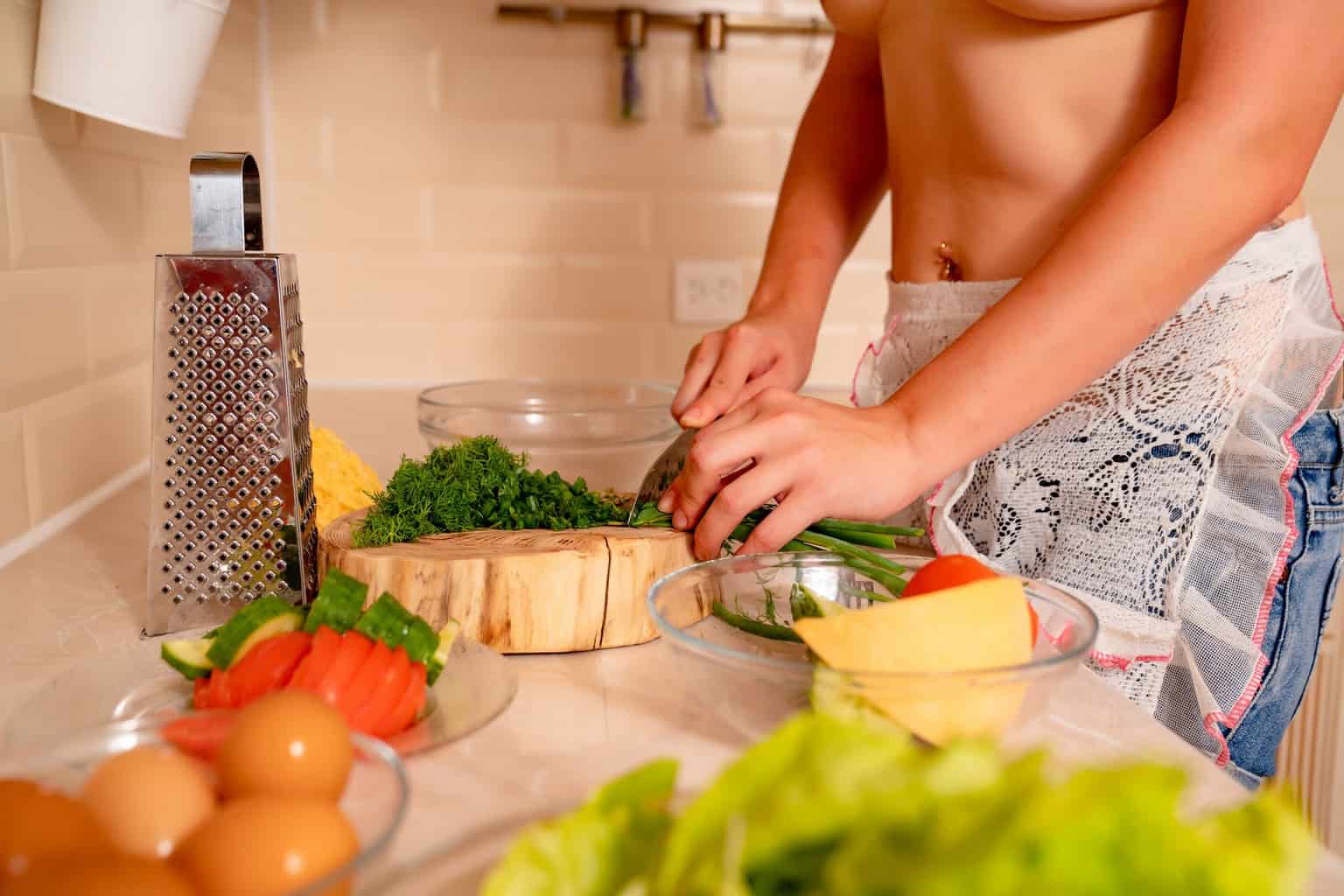
It’s a super common spice that you probably already have in your kitchen right now…

—-Important Message From Our Sponsor—-
Men: 30-second trick that makes your belly flatter, even if you never lose a pound
This was designed by one of the most sought-after, creative trainers in the business specifically for getting you the results you want quickly and easily…
…without spending ANY time in the gym and without sweating and struggling for months on end.
Here’s a hint…it’s not about fat loss…
You’ll use a scientifically-designed, easy 30-second “exercise” (that you can do literally ANYWHERE) in such a strategic way that it forces the muscles UNDERNEATH your belly fat to tighten up.
Find out how this simple ”no sweat” trick can get YOU a flatter belly in just 30 seconds
———-
This one food has potent anti-cancer effects
Cloves…a very common kitchen spice, and yet most people have no idea how powerful they really are.
Eugenol, the active compound in cloves, is incredibly potent and has an astonishing range of beneficial effects.
Cloves have been used since ancient times, and there are untold accounts of their medicinal properties.
Thankfully, modern research is helping get a better understanding of the specific effects of various herbs and spices…
…including cloves and eugenol, which have been a very popular research topic over the past decade.

It’s easy to understand why.
Eugenol appears to have antioxidant properties as well as antimicrobial, antifungal activity, antiestrogenic.
And even a tumor-suppressive effect in certain cancers.
Here are some quotes from various research articles on eugenol:
“Clove (Syzygium aromaticum) is one of the most valuable spices that has been used for centuries as food preservative and for many medicinal purposes (…) This plant represents one of the richest sources of phenolic compounds such as eugenol (…) The antioxidant and antimicrobial activity of clove is higher than many fruits, vegetables and other spices and should deserve special attention.’’ -Cortés-Rojas et al. (2014)
Especially important here is the antimicrobial and antifungal activity of eugenol.
Gram-negative bacteria, as well as fungi, are some of the most important factors driving modern diseases:
A large body of recent scientific evidence supports claims from traditional ‘healing’ that eugenol exerts beneficial effects on human health. These effects are mainly associated with antioxidant and anti-inflammatory activities. Eugenol has also shown excellent antimicrobial activity in studies, being active against fungi and a wide range of gram-negative and gram-positive bacteria. – Marchese et al. (2017)
Potent anti-cancer effects:
Our results demonstrated the tumor suppressive roles of eugenol on lung cancer cell proliferation, migration, and invasion partially through the PI3K/Akt pathway and MMP activity in vitro. These results suggest eugenol as a potential chemotherapeutic agent against human lung cancer. – Fangjun & Zhijia (2018)
Eugenol (…) has been reported to have activity on inhibition of cell proliferation and apoptosis induction in human MCF-7 breast cancer cells. – Anita et al. (2012)
Molecular mechanism of eugenol-induced apoptosis in melanoma, skin tumors, osteosarcoma, leukemia, gastric and mast cells has been well documented. – Jaganathan et al. (2012)
And many more, including various chronic diseases:
Eugenol appears to possess multiple antioxidant activities (dimerization, recycling, and chelating effect) in one molecule, thus having the potential to alleviate and prevent chronic diseases. – Fujisawa et al. (2016)
Needless to say, everyone should be using cloves not only in their cooking, but also for various other uses.
It is easy to search on YouTube for videos to learn about various ways of using cloves.
It has so many uses, can be added to soups, or used in tea, or chewed on (to relieve tooth pain, and to improve breath), really there are countless uses.
Be sure to incorporate cloves into your daily life to reap the incredible benefits of eugenol.
—-Important Message—-
It’s in your kitchen — eat this to double your testosterone

Who knew that an ingredient hiding in your kitchen cupboards right now could double or even triple your natural testosterone?
It’s crazy but true — and it works by LOWERING estrogen which RAISES testosterone.
This one kitchen ingredient STOPS the body from converting precious testosterone into harmful estrogen…
…which means it’s an aromatase inhibitor medically speaking.
And more testosterone and less estrogen in men means more muscle mass, more energy, a super-charged libido, and better performance.
Plus, this ingredient is safe for men to take with no risk of side effects — unlike the pills, patches, and procedures from Big Pharma…
And you probably already have it in your kitchen right now…
Here’s the one kitchen ingredient that allows any man to double his testosterone naturally at home.
———-
